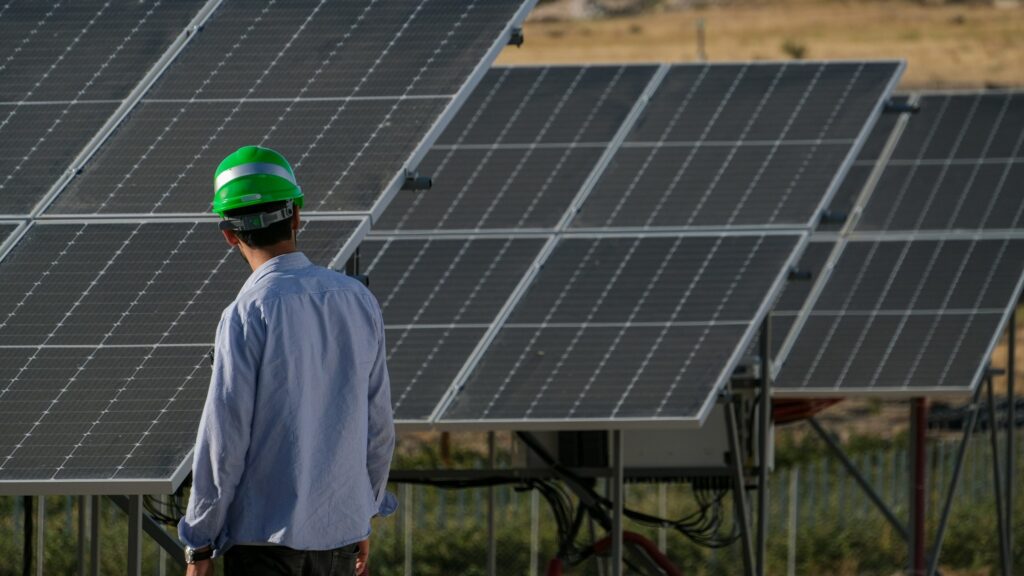U.S. Renewable Energy PPA Prices Continue to Increase, Varying by Region
2 min read
The most competitive 25% of renewable energy power purchase agreement prices in the United States rose by 4% during the fourth quarter of 2023, with solar prices up nationally by 3% and wind prices up by 5% compared to the third quarter, according to a market report by LevelTen Energy.
High-interest rates are cited as a major driver of increased costs, and regions that are currently experiencing interconnection challenges and queue backlogs tend to face higher prices. While solar prices decreased 3% for the Texas grid (ERCOT), they rose by 15% in California (CAISO). For wind projects, CAISO experienced an overall 6% price decrease while the Southwest grid (SPP) experienced an 18% increase.
In the solar industry, price increases were mainly attributed to regulatory adjustments, prevailing market conditions, and increased buyer demand. Meanwhile, PPA price decreases were caused by factors such as moderation in panel price, alleviation of supply chain constraints, and expectations of future interest rate changes.
“The push-pull dynamics of solar PPA prices persist,” said Sam Mumford, energy modeling analyst for LevelTen Energy. “We’re seeing improvement in the challenges of a few years ago like the solar supply chain and PV module prices. However, the impact of high-interest rates is now impacting project returns, offsetting the impact of those improvements and making it challenging for developers to reduce solar PPA prices.”
Uncertainty Continues in Wind Market, Yet Demand for Renewables is Strong
The U.S. wind market is also reportedly experiencing price fluctuations, especially as developers incorporate macro-level uncertainties into pricing.
SPP’s 18% price increase, for example, reportedly indicates that some projects are seeking prices above the market average to account for the increased risk associated with the high cost of capital and other macroeconomic factors. For the PJM region in the northeast, prices are up 30% year over year, although LevelTen said that the region rejoining its Wind Index after being absent for two quarters is a positive sign.
Earlier this month, Equinor and BP’s offshore wind agreement near New York was delayed due to economic circumstances of the industry at large, reflecting a common trend of wind PPA challenges in the area.
Despite price variance, corporate demand for PPAs has not waned as companies work to electrify operations and as energy demand from data centers escalates. The report said that PPA buyers should work to remain flexible as the industry adapts to higher interest rates and tighter financing requirements, suggesting a partnership approach to continue energy transition progress.





